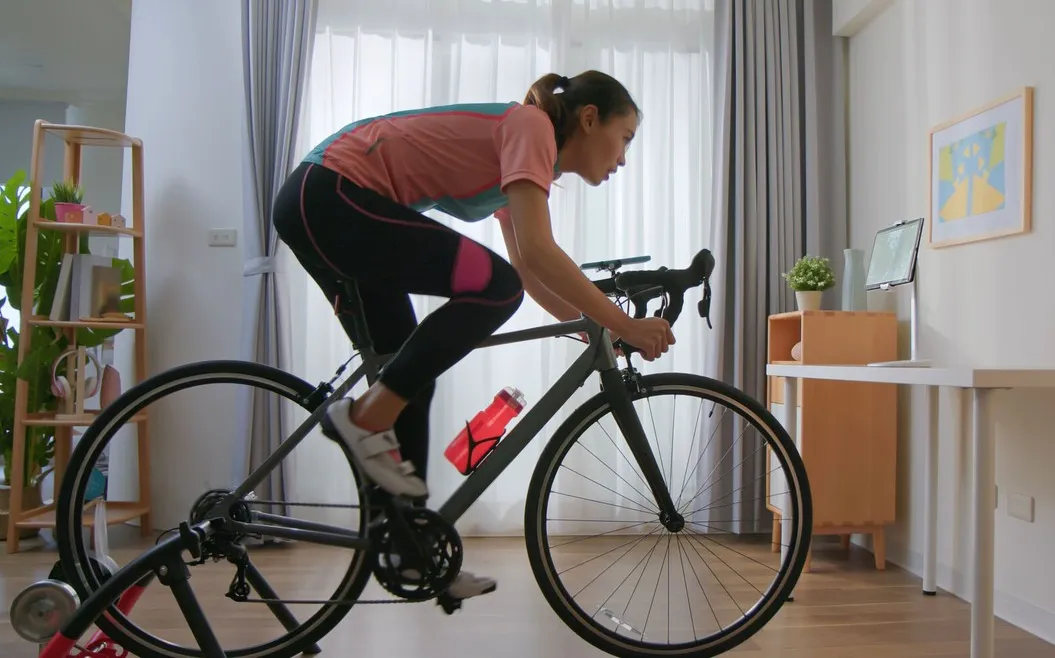Why is saddle pain more common indoors?
The most common cause of saddle-related discomfort when indoor cycling is numbness. Numbness is a result of blood flow being cut off to certain tissues. It often results from a more aggressive riding position where you’re sitting further forward on the bike. The aggressive position is easier to achieve and maintain at home when you don’t have to deal with balancing the bike. That’s why more cyclists tend towards it indoors.
Another problem that is more common indoors are saddle sores. These result from either infected hair follicles or a boil. They appear as a result of the pressure of your body on the saddle, friction from pedalling, and accumulating moisture from sweat. Indoor cycling tends to result in more monotonous movements and produces more sweat as there is typically no wind to cool the cyclist down, which creates more opportunities for saddle sores.
1. Choose your saddle wisely
A saddle is a very individual thing and finding the right one involves some trial and error. Research shows that narrow seats tend to put more pressure on the rider’s perineal region, which can cause numbness more easily. If you’re experiencing numbness, going for a wider saddle is likely to help reduce this problem. Also, if you find a saddle that you’re more comfortable with, you will shift around less to avoid pain and be able to push out more power.

2. Sit on your sit bones
Incorrect saddle height and handlebar reach will all leave you poorly positioned on the bike. This can result in you rocking from side to side with each pedal stroke, which increases the risk of saddle sores. A proper bike fit can do wonders for preventing this. A sign of a good cycling position is when you feel the pressure on your sit bones, which are basically the lower part of your pelvis called the ischial tuberosity. That’s the part of your body you want to rest most of the body weight on.
3. Get a good pair of bike shorts
Most cyclists are saving those fancy new cycling shorts for riding outdoors. That’s a mistake, indoors is where you need them the most! Indoor cycling typically results in more repetitive chafing and fewer breaks or changes in position compared to riding outdoors. That’s why a quality pair of padded cycling shorts can help a lot with preventing numbness and discomfort. If you were eyeing a new pair, indoor cycling may just be the excuse to buy them.
4. Embrace the cream
Many cyclists resist using anti-chafe cream as something unnecessary and cumbersome. If you got away with it outdoors, you may find that these creams are worth their weight in gold indoors. They often contain antibacterial components and soothing ingredients such as aloe vera, which help mitigate saddle sores. Apply cream to areas that are at the most risk before each ride and enjoy a chafing-free experience.
5. Stand up here and there
You can make indoor cycling a bit more outdoorsy if you get out of the saddle now and again. It will help break up the repetitive chafing movements and give your skin a chance to take a breath.
Last but not least, it’s good to remind yourself that if you took a break from cycling, it’s important to ease into it. You have to give your behind a chance to adapt to cycling. If you’re feeling sore after the first few rides, take a day off to cross-train. Armed with these tactics, you will be able to handle saddle pain with ease.




